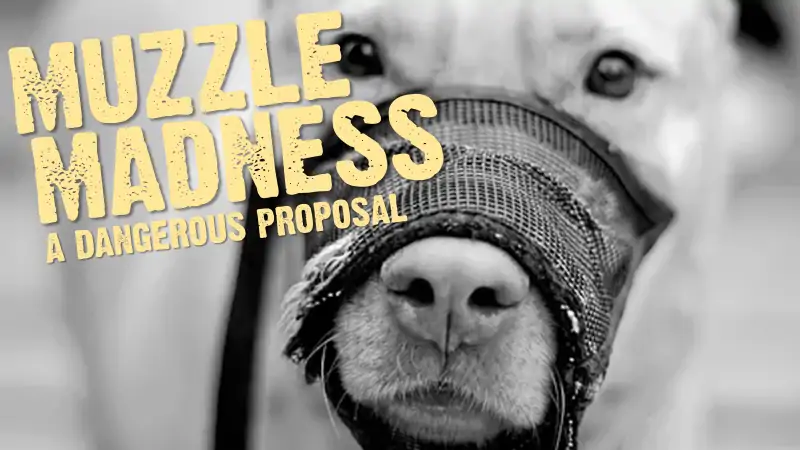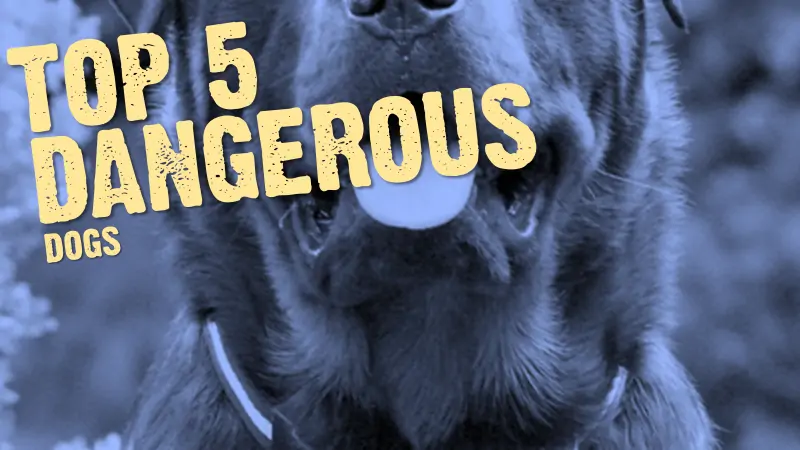A dog v cat intelligence study claims to have settled the issue of whether dogs are more or less intelligent than cats.
This canine v feline intelligence study, carried out by a top university has given us a clear winner in the age old debate of whether dogs are smarter than cats or whether cats are more intelligent than dogs.
Now, don’t fib, you’re probably biased right? You’ve got your own view of whether dogs have more smarts than cats or perhaps you’ve always had a sneaking suspicion that cats have the intelligence egde over their canine counterparts?
Here’s the deal then. Everything is settled. Isn’t it?
There’s a new twist to the perennial argument about which is smarter, cats or dogs.
It has to do with their brains, specifically the number of neurons in their cerebral cortex: the “little gray cells” associated with thinking, planning and complex behavior —all considered hallmarks of intelligence.
The first study to actually count the number of cortical neurons in the brains of a number of carnivores, including cats and dogs, has found that dogs possess significantly more of them than cats.
“In this study, we were interested in comparing different species of carnivorans to see how the numbers of neurons in their brains relate to the size of their brains, including a few favorite species including cats and dogs, lions and brown bears,” said Associate Professor of Psychology and Biological Sciences Suzana Herculano-Houzel, who developed the method for accurately measuring the number of neurons in brains.
The results of the study are described in a paper titled “Dogs have the most neurons, though not the largest brain: Trade-off between body mass and number of neurons in the cerebral cortex of large carnivoran species” accepted for publication in the open access journal Frontiers in Neuroanatomy.
Dogs have about 530 million cortical neurons while cats have about 250 million.
As far as dogs and cats go, the study found that dogs have about 530 million cortical neurons while cats have about 250 million. (That compares to 16 billion in the human brain.)
“I believe the absolute number of neurons an animal has, especially in the cerebral cortex, determines the richness of their internal mental state and their ability to predict what is about to happen in their environment based on past experience,” Herculano-Houzel explained.
“I’m 100 percent a dog person,” she added, “but, with that disclaimer, our findings mean to me that dogs have the biological capability of doing much more complex and flexible things with their lives than cats can. At the least, we now have some biology that people can factor into their discussions about who’s smarter, cats or dogs.”
Herculano-Houzel and her collaborators—graduate students Débora Messeder and Fernanda Pestana from the Universidade Federal do Rio de Janeiro in Brazil; Professor Kelly Lambert at University of Richmond; Associate Professor Stephen Noctor at the University of California, Davis School of Medicine; Professors Abdulaziz Alagaili and Osama Mohammad from King Saud University in Saudi Arabia; and Research Professor Paul R. Manger at the University of the Witwatersrand in South Africa—picked carnivorans to study because of their diversity and large range of brain sizes as well as the fact that they include both domesticated and wild species.
The study’s findings also challenge the prevailing view that domesticated animals have smaller brains than their wild cousins. The ratios of brain size to body weight of the domestic species they analysed—ferret, cat and dog—did not scale in a significantly different manner from those of their wild relatives—mongoose, raccoon, hyena, lion and brown bear.
The analysis also discovered that the raccoon was an outlier—on the brainy side: It packs the same number of cortical neurons as a dog into a brain the size of a cat’s.
“Raccoons are not your typical carnivoran,” said Herculano-Houzel. “They have a fairly small brain but they have as many neurons as you would expect to find in a primate … and that’s a lot of neurons.”
According to the neuroscientist, studying the brains of different species teaches an important lesson: “Diversity is enormous. Not every species is made the same way. Yes, there are recognizable patterns, but there are multiple ways that nature has found of putting brains together—and we’re trying to figure out what difference that makes.”
Enter your email and never miss out on receiving our best articles:








